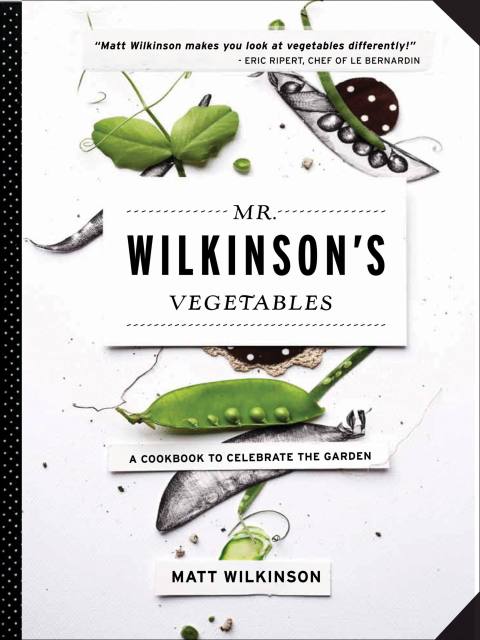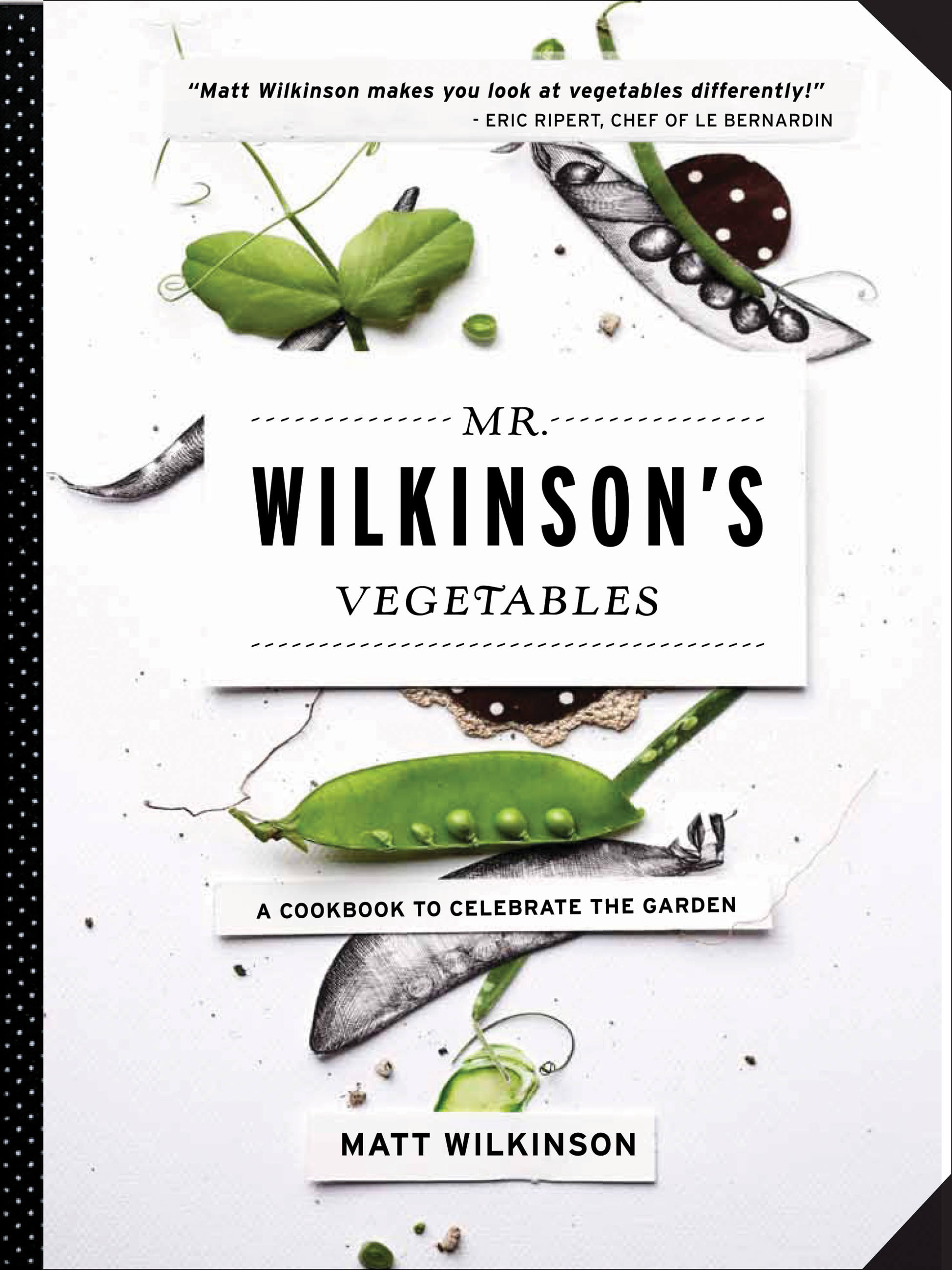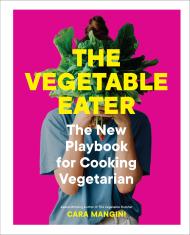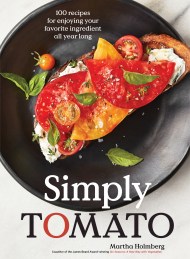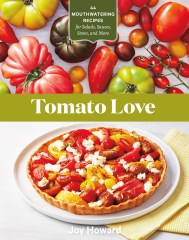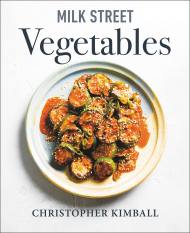Promotion
Use code MOM24 for 20% off site wide + free shipping over $45
Mr. Wilkinson's Vegetables
A Cookbook to Celebrate the Garden
Contributors
Formats and Prices
Price
$14.99Price
$19.99 CADFormat
Format:
ebook $14.99 $19.99 CADThis item is a preorder. Your payment method will be charged immediately, and the product is expected to ship on or around March 25, 2013. This date is subject to change due to shipping delays beyond our control.
Also available from:
Too many of us let vegetables play second fiddle in meals that center on protein or carbs. For chef Matt Wilkinson, vegetables come first. He builds his dishes around vegetables that are in season, when they taste the best, are most affordable, and most readily available.
The recipes in Mr. Wilkinson’s Vegetables range from simple salads such as Brussels Sprout Leaves, Mozzarella, and Anchovies, or Roasted Cucumber, Quinoa, Freekah, and Herbs, to hearty dishes such as Soft Parmesan Polenta with Crab and Mussels, or Braised Eggplant, Tomato, and Meatballs. They also include satisfying snacks like Irene’s Tzatziki, or Smoked Tomato and Goat’s Curd Gougés, as well as desserts, such as Carrot Cake with Grated Carrot, Preserved Lemon, Raisin, and Ginger Pickle, or Creamed Rice Pudding. While many of the 80 plus dishes will appeal to vegetarians, there are plenty that incorporate meat. In all of them, Mr. Wilkinson’s vegetables are the stars.
With beautiful photography and vintage illustrations, the book is both timely and timeless.
Praise for Matt Wilkinson and Mr. Wilkinson’s Vegetables:
“Matt Wilkinson makes you look at vegetables differently! This book. . . will leave you eager to prepare one of his many delicious recipes.” — Eric Ripert, chef of Le Bernardin
“I love how my fellow Aussie Matt Wilkinson gives homegrown, seasonal vegetables the spotlight in his dishes. Whether you’re eating in his beautiful market-driven Melbourne cafe or lazily reading through his cookbook Mr. Wilkinson’s Vegetables, you can taste the admiration he has for all Mother Nature has to offer.” — Curtis Stone, chef and host of Top Chef Masters and Around the World in 80 Plates
“Matt Wilkinson takes vegetables to a whole new level with his recipes that are simple, yet intricate at the same time. Vegetables have never been as tasty.” — David Chang, chef/founder of Momofuku
“This book is packed with inventive recipes, gardening advice, and snippets of fun vegetable lore, and it’s one I’ll revisit often.” — Lukas Volger, author of Vegetarian Entrees that Won’t Leave You Hungry
“I woke up in Melbourne and was whisked away to a studio where there was a make-shift kitchen with a couple guys putting together a meal of the most wonderful vegetables I had ever seen. There was no restaurant, no name. And that is where I met Matt and that chance meal in a warehouse behind a back alley is where one of my most special food memories remain. And now you can all see what I saw that night and maybe cook your own chance meal by Mr. Wilkinson.” — Roy Choi, chef Kogi Taco, Food & Wine Best New Chef 2010
“This book hits home for me! The way it’s organized makes it so easy for people to celebrate each vegetable during its season and even inspires us to grow them with instructions on how-to!” — Ana Sortun, Oleana & Sofra bakery, Best Chef: Northeast 2005 James Beard Foundation
Genre:
- On Sale
- Mar 25, 2013
- Page Count
- 304 pages
- Publisher
- Black Dog & Leventhal
- ISBN-13
- 9781603763264
Newsletter Signup
By clicking ‘Sign Up,’ I acknowledge that I have read and agree to Hachette Book Group’s Privacy Policy and Terms of Use
